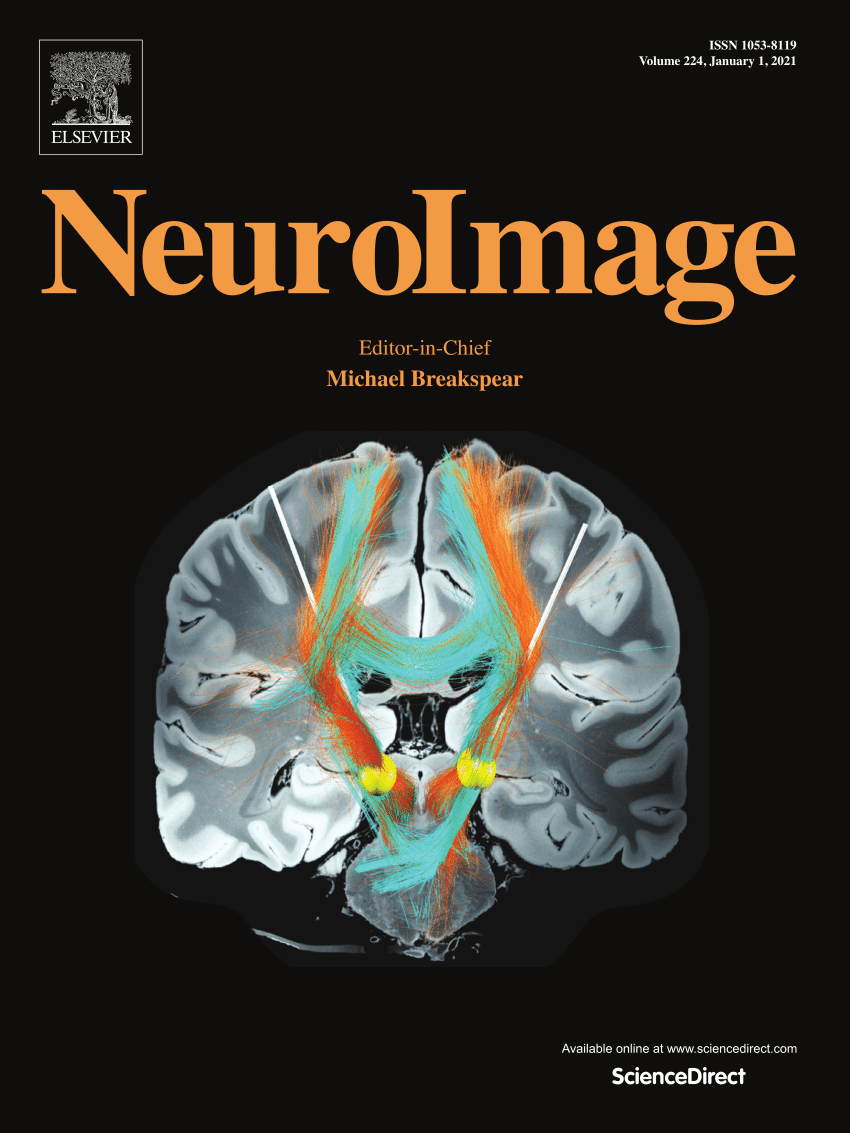Natural rhythmic speech activates network reorganization with frontal community enhancing communication efficiency in patients with intrinsic brain tumor
IF 4.7
2区 医学
Q1 NEUROIMAGING
引用次数: 0
Abstract
Brain tumors provide unique insights into brain plasticity due to their slow growth compared to acute cerebrovascular diseases. Despite relying on sophisticated functional networks, patients with brain tumors exhibit minimal deficits in higher language functions and demonstrate positive post-injury plasticity; however, the underlying neural mechanisms remain unclear. We utilized high-density electroencephalography to investigate language network plasticity in brain tumor patients without evident language deficits. Natural rhythmic sentences and non-rhythmic sentences with contrasting speech prosodic harmony were employed to examine the impact of task integrativeness on functional network reorganization. Our study reveals that rhythmic speech perception, characterized by higher processing integrativeness, induced inhibited task engagement in the frontal lobe but evoked enhanced hubness and modularity, which supported the generation of new connections and promoted the efficiency of global connectivity. Furthermore, local invasion in the frontal lobe prompted adjacent hubs to generate enriched connections during the early processing phase, facilitating later functional reorganization. Our findings underscore the significant role of global hubs in language network plasticity and reveal the importance of highly integrated tasks for network reorganization in language rehabilitation.
求助全文
约1分钟内获得全文
求助全文
来源期刊

NeuroImage
医学-核医学
CiteScore
11.30
自引率
10.50%
发文量
809
审稿时长
63 days
期刊介绍:
NeuroImage, a Journal of Brain Function provides a vehicle for communicating important advances in acquiring, analyzing, and modelling neuroimaging data and in applying these techniques to the study of structure-function and brain-behavior relationships. Though the emphasis is on the macroscopic level of human brain organization, meso-and microscopic neuroimaging across all species will be considered if informative for understanding the aforementioned relationships.
 求助内容:
求助内容: 应助结果提醒方式:
应助结果提醒方式:


